In the world of fitness and health tracking, body fat scales have become indispensable tools for individuals aiming to monitor their body composition. However, one critical aspect that often goes overlooked is the measurement error inherent in these devices. Understanding and compensating for these errors can significantly enhance the accuracy and reliability of the data collected. This article delves into the intricacies of body fat scale measurement errors and explores practical compensation methods to ensure more precise readings.
The Science Behind Body Fat Scale Errors
Body fat scales operate on the principle of bioelectrical impedance analysis (BIA), where a small electrical current is passed through the body to estimate fat percentage based on the resistance encountered. While this method is convenient and non-invasive, it is prone to several sources of error. Factors such as hydration levels, skin temperature, recent physical activity, and even the time of day can skew results. For instance, a dehydrated body may show a higher fat percentage due to increased electrical resistance, while a well-hydrated individual might register a lower value.
Manufacturers often calibrate these scales using generalized population data, which may not account for individual variations. This one-size-fits-all approach can lead to discrepancies, especially for athletes, elderly individuals, or those with unique body compositions. Recognizing these limitations is the first step toward mitigating their impact.
Common Sources of Measurement Inaccuracies
Hydration is perhaps the most significant variable affecting BIA measurements. Water conducts electricity, so fluctuations in hydration levels can dramatically alter readings. For example, consuming a large amount of water before weighing in can result in an artificially low body fat percentage. Conversely, dehydration can inflate the reading. To minimize this error, it’s advisable to measure body fat under consistent hydration conditions, ideally at the same time each day.
Skin temperature also plays a role. Cold skin increases resistance, potentially leading to higher fat percentage estimates. This is why measurements taken immediately after a cold shower or in a chilly room may be less accurate. Similarly, recent exercise can affect results due to changes in blood flow and sweat levels. Waiting at least three hours after intense physical activity before using a body fat scale can help reduce this variability.
Strategies for Compensating Measurement Errors
To improve accuracy, users can adopt several compensation strategies. One effective approach is to establish a baseline measurement under optimal conditions—such as first thing in the morning, after using the bathroom, and before eating or drinking. By consistently measuring under these conditions, users can track trends over time rather than focusing on absolute numbers.
Another strategy is to cross-validate readings with other methods, such as skinfold calipers or DEXA scans. While these methods also have their limitations, they can provide a more comprehensive picture when used alongside BIA measurements. For instance, if a body fat scale consistently reads 5% higher than a DEXA scan, users can mentally adjust their scale readings accordingly.
The Role of Advanced Algorithms and Calibration
Some high-end body fat scales employ advanced algorithms to account for common error sources. These algorithms may adjust readings based on user-input data like age, gender, and activity level. However, even these sophisticated models are not foolproof. Users should remain critical of their data and look for patterns rather than isolated measurements.
Calibration is another area where users can take control. While most scales come pre-calibrated, some allow manual adjustments based on known discrepancies. For example, if a user’s scale consistently overestimates body fat by 3%, they can manually offset future readings by this percentage. However, this requires a reliable reference measurement, such as one from a professional body composition analysis.
Practical Tips for Consistent and Accurate Measurements
Consistency is key when using body fat scales. Measuring at the same time each day, under similar conditions, can help normalize the data. Avoiding measurements immediately after meals, workouts, or showers can also reduce variability. Additionally, users should ensure their feet are clean and making full contact with the scale’s electrodes, as poor contact can lead to erroneous readings.
It’s also worth noting that body fat percentages can fluctuate naturally due to hormonal changes, stress, or dietary shifts. Rather than fixating on daily changes, users should focus on long-term trends. A weekly or monthly average can provide a more reliable indicator of progress than day-to-day measurements.
Conclusion: Embracing Imperfections for Better Health Insights
While body fat scales are valuable tools, they are not without their flaws. By understanding the sources of error and implementing compensation strategies, users can derive more meaningful insights from their data. The goal is not to achieve perfect accuracy—which may be unattainable with consumer-grade devices—but to use these tools as part of a broader health and fitness strategy. With mindful usage and a critical eye, body fat scales can remain a useful component of any wellness journey.

By /Aug 6, 2025

By /Aug 6, 2025

By /Aug 6, 2025

By /Aug 6, 2025

By /Aug 6, 2025
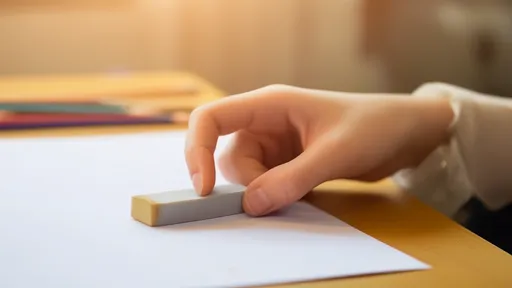
By /Aug 6, 2025

By /Aug 6, 2025

By /Aug 6, 2025

By /Aug 6, 2025
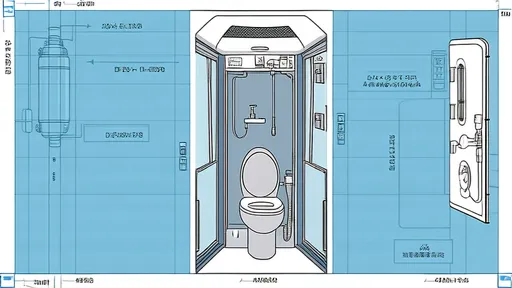
By /Aug 6, 2025
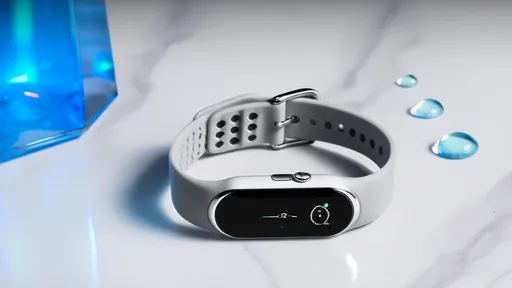
By /Aug 6, 2025

By /Aug 6, 2025

By /Aug 6, 2025

By /Aug 6, 2025
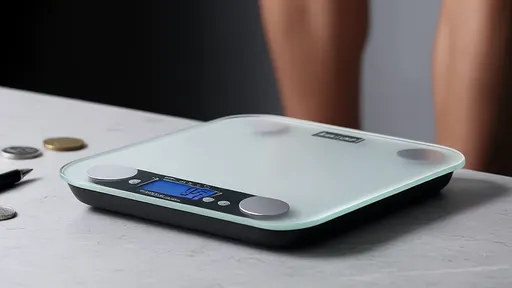
By /Aug 6, 2025

By /Aug 6, 2025

By /Aug 6, 2025
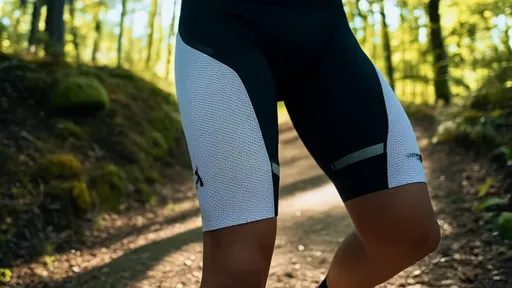
By /Aug 6, 2025
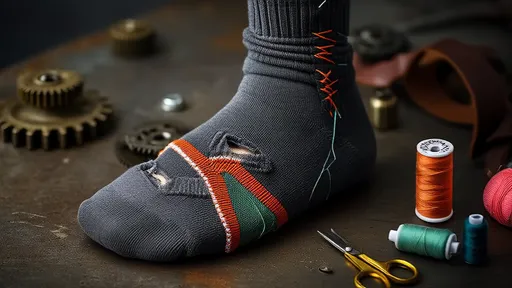
By /Aug 6, 2025

By /Aug 6, 2025